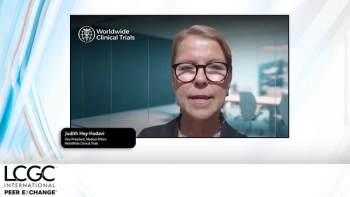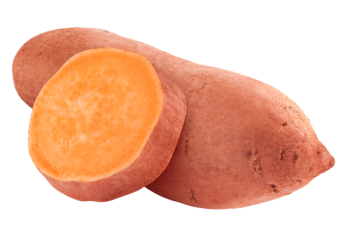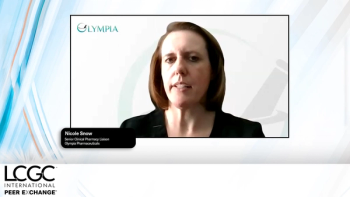
Q&A: Developments in preparative/process chromatography
Janet Kelsey spoke to Jean Bléhaut, Director, Marketing & Business Development at Novasep about the general trend in on-line process analysis, its most common applications and how demand for preparative chromatography has grown over the past few years.
Janet Kelsey spoke to Jean Bléhaut, Director, Marketing & Business Development at Novasep about the general trend in on-line process analysis, its most common applications and how demand for preparative chromatography has grown over the past few years.
What is the overall direction of on-line process analysis; first attempts via chromatography were plagued with high maintenance and little success?
Whenever possible, it is always desirable to implement simple on-line analytical methods rather than complex ones such as HPLC. For example, we have recently developed advanced control systems based on polarimetry and UV/visible spectroscopy for our continuous chromatography purification equipment. With this tool, the operating conditions are automatically re-adjusted to guarantee a consistent product quality, even when external parameters vary slightly from the initial settings. However, the most accurate information is provided by HPLC (or UHPLC) analyses, which remains a real must for preparative chromatography, even if it is more complex to implement. Therefore, I believe that on-line HPLC or UHPLC quality control will remain relevant for on-line IPC (in-process control), while other complementary and more simple techniques can be more easily implemented for IPM (in-process monitoring).
Can you give routine examples where chromatography has been successful for liquid or solid on-line process analysis?
Novasep has implemented large-scale simulated moving bed (SMB) and Varicol multi-column continuous chromatography (MCC) in multiple plants for chiral separations, with the scale ranging from a ton to hundreds of tons per year. All these units are equipped with on-line, in-process HPLC QC monitoring. These systems include the automatic sampling, the chromatographic analysis of the sample and determination of the purity of the raffinate and extract, that is of each of the two enantiomers. For each separation system, several automated analyses are carried out each day using specific analytical methods with short HPLC columns. These settings enable quasi-real time monitoring and they have proven to be very robust overall.
Over the last few years where have you seen the greatest growth in demand for preparative chromatography?
Preparative chromatography is now acknowledged as a standard tool by all pharmaceutical companies for the purification of drug candidates in MedChem and for pre-clinical stage. In addition to these gram to kilogram scale purifications, more and more of these companies have realized the benefits of chromatography on scales ranging from kilogram to multi-tons as well. Besides a sustained demand for chiral separation, we observe an increasing need for large-scale chromatographic purification of complex mixtures, due in great part to the ever increasing complexity of the new APIs, which makes them harder to purify by methods like crystallization, for instance. This is particularly true for molecules such as imaging agents containing various and complex functionalities or for advanced molecules obtained by fermentation or biocatalysic processes.
How beneficial is preparative chromatography as a troubleshooting tool?
Preparative chromatography can be time efficient for troubleshooting when it allows the recovery of a batch of API or intermediate with purity below specification. As a CMO specialized in synthesis and purification, Novasep sometimes receives such requests. However, these operations are challenging due to the need for rapid development of an adequate method, and are costly due to the amounts of solvents and stationary phase required just to purify a single batch. In GMP environment these costs are even greater.
Newsletter
Join the global community of analytical scientists who trust LCGC for insights on the latest techniques, trends, and expert solutions in chromatography.





